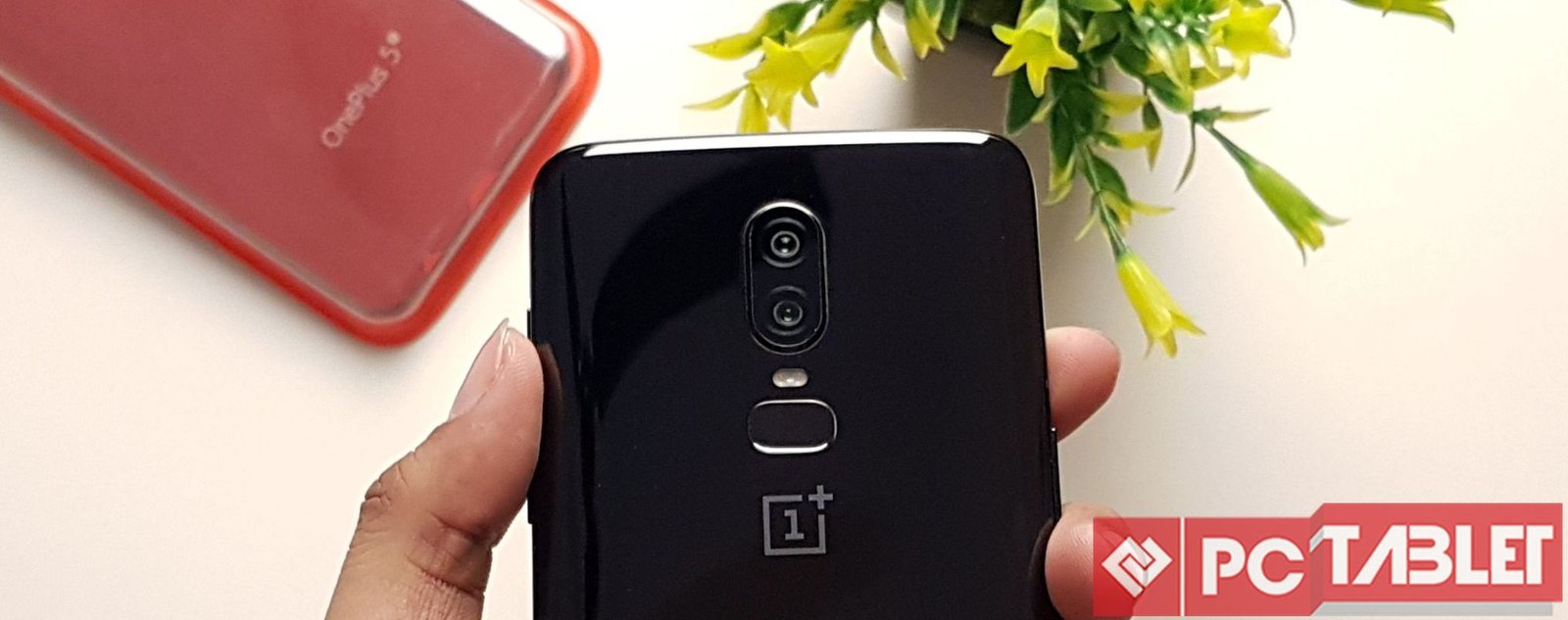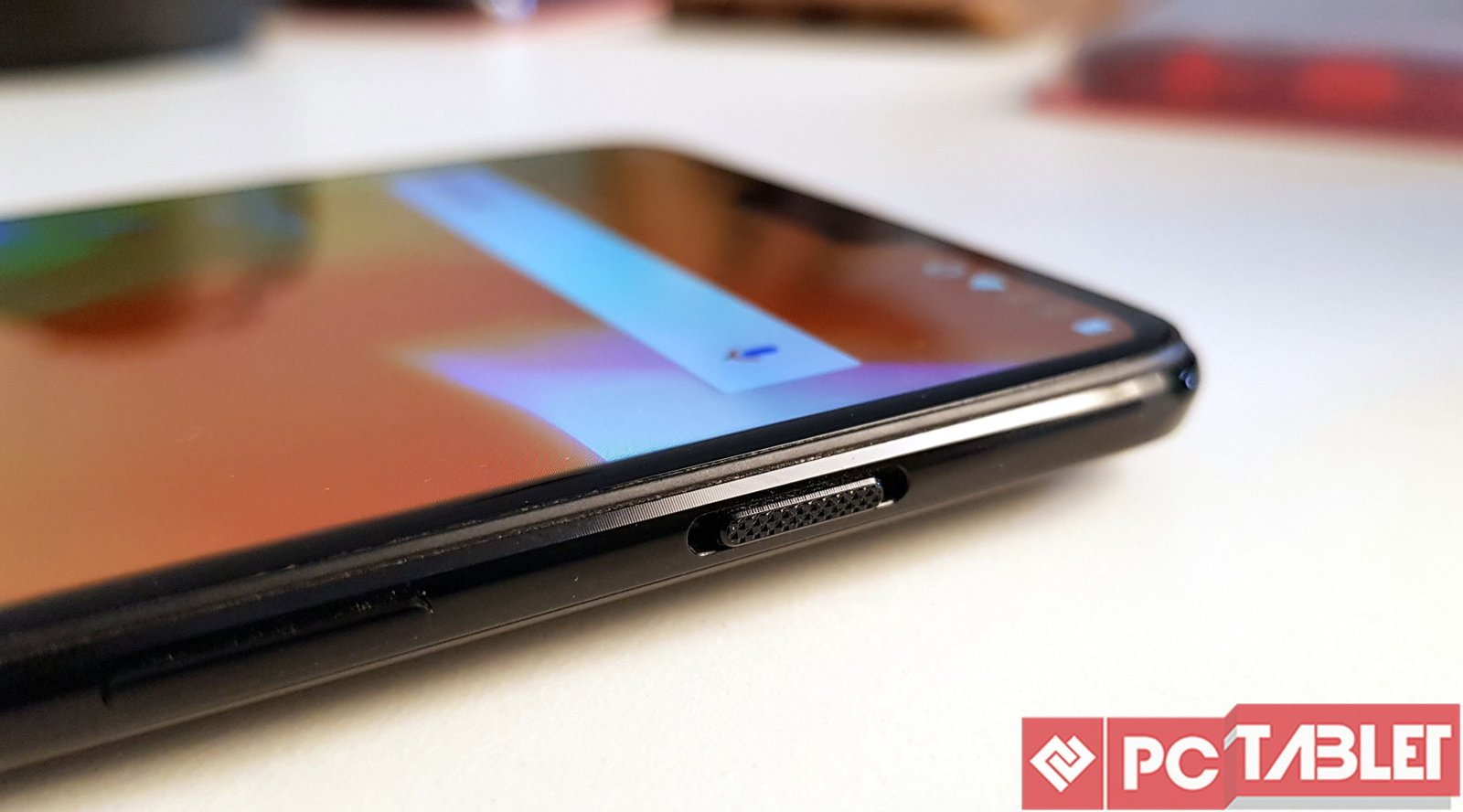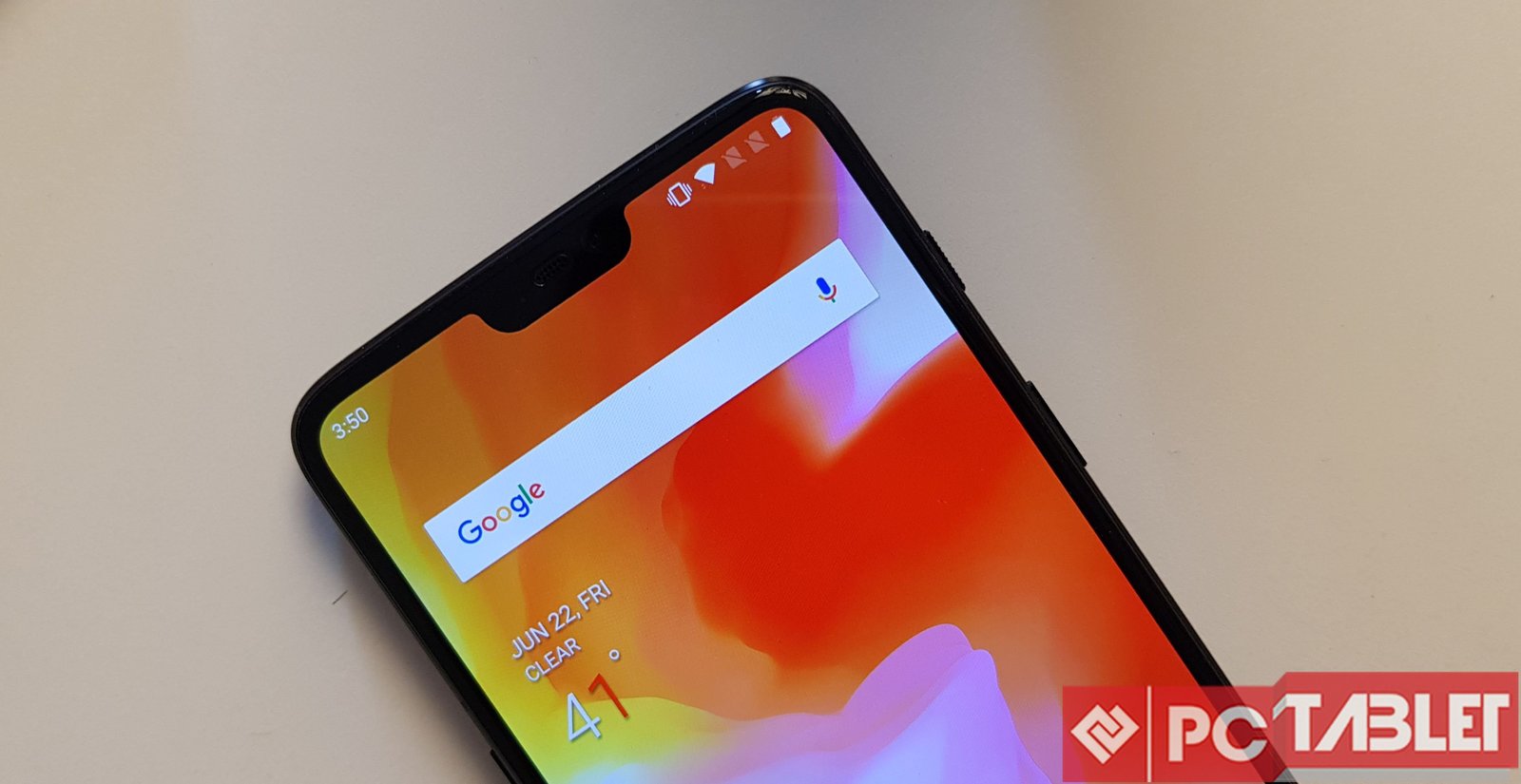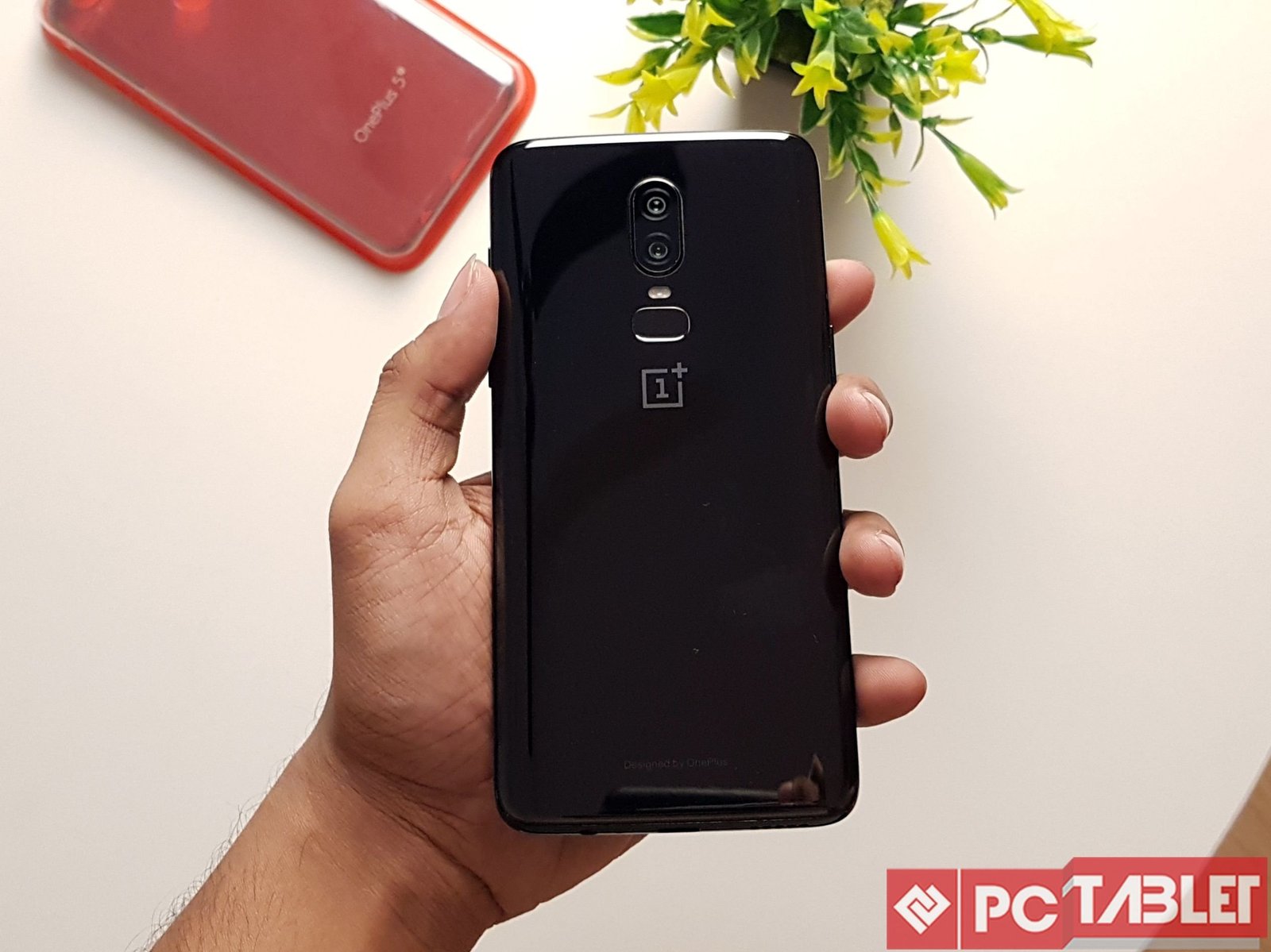For a company that started just Four years ago, OnePlus has certainly come a long way. They have garnered a fan base that until now only a few brands had. Sticking to their two products per year strategy, OnePlus launched the OnePlus 6 in May a little earlier than their usual launch cycle.
The OnePlus 6 feels more like a polished product, with the quality design, best in class hardware and a near perfect OS, the new model is another case of taking an existing phone and making it better. The things to take note off are, the OnePlus 6 comes with a 19:9 aspect ratio display with a notch and the glass sandwich design.
We have been using the OnePlus 6 for quite a while now, the model we have comes with 8GB RAM and 128GB and has the mirror black finish.
OnePlus 6 Specifications
- Display: 6.28-inch Optic AMOLED display, (2280 x 1080 pixels)
- Software: Android 8.1 Oreo, OxygenOS
- Fingerprint Scanner: Yes
- CPU: Qualcomm Snapdragon 845 Octa-core processor
- GPU: Adreno 630
- RAM: 6/8 GB
- Storage: 64/128/256 GB internal, no microSD support
- Main Camera: 16 MP (f/1.7) + 20MP (f/1.7), dual-tone LED Flash
- Selfie Camera: 16MP with f/2.0 aperture
- Connectivity: USB Type C, 3.5 mm, Wi-Fi, Bluetooth, GPS + GLONASS, NFC
- Cellular: 4G LTE, Dual SIM
- Battery: 3,300 mAh, Li-ion Polymer, non-removable
- Price: Starts – Rs 35,999, Ends – Rs 44,999
Box Contents
Box design is similar to what we have seen in the past with the other OnePlus products. There is the OnePlus branding on top, along with “6” written. As soon as you lift the top part, you are greeted with the smartphone. Underneath lies the documentation and the supplied silicon case followed by accessories.
A complete list of items you get inside the box:
- OnePlus 6 smartphone
- Sim Ejector Tool
- Dash Charger
- USB Type-C Cable
- Silicon Case
- OnePlus Stickers
- Warranty and User Guide
Design
OnePlus hasn’t made any radical changes with the OnePlus 6 in terms of design, if you’re familiar with the OnePlus 5T or the OnePlus 5. Perhaps the thing that has been changed is the material, the last couple of models have been made out of an aluminium shell but this one is made out of glass. OnePlus has used Gorilla Glass 5 on both the front and the rear. There’s an outer metal rim sandwiched between the glass to add some rigidity.

As previously mentioned we only got hold of the Mirror Black version, which has a highly reflective finish. The mirror finish does add an oomph factor but at the same time is a bit slippery and fingerprint magnet. There are two other color variants as well which have a slight textured backs. Now OnePlus has clearly taken design ques from the iPhone X and the Galaxy S9 with the Notch and the rear cameras placement.

The front of the phone features the massive 6.28-inch display with a 19:9 aspect ratio and a notch. The notch houses the front cameras, sensors and notification LED. The notch did cause a stir in the OnePlus community at first but the smartphone sales showed us a different story. If you hate the notch, a software tweak can hide it. One thing can OnePlus needs to work upon here is the amount of bezels and the chin, other smartphones in the similar price bracket like the Asus Zenfone 5Z and Vivo X21 have even more narrower side bezels and chin.

Another change on the OnePlus 6 is the placement of the alert slider which is now on the right side along with the power button. The rear dual cameras are now placed vertically in the centre of the smartphone with the flash and oval shaped fingerprint sensor placed underneath. Rest of the port placement is same to last year’s OnePlus 5T with the 3.5mm jack, speaker grill and Type-C port at the bottom.
OnePlus says that it has added rubber gaskets all around the ports and glued the screen well to the frame in order to provide a little resistance against water but we won’t suggest going further than just some minor splashes. This is one area where OnePlus seems to have undercut by not giving an official IP rating. Apart from this the overall build seems to be very sturdy.
Display
The OnePlus 6 features the biggest display that OnePlus has added to their range of smartphones. OnePlus 6 features a 6.28-inch display in the form factor of last year’s OnePlus 5T. OnePlus managed this by keeping the bezels to a minimum and going with a notch. The notch here is very smaller when compared to the iPhone X and seems more similar to the one found on the Huawei P20 series or the Vivo X21.

Though the display is now bigger and taller with the newer 19:9 aspect ratio, the resolution is still same FHD+ (2280 x 1080), we hope OnePlus replaces this with a better pixel dense display in future smartphones.
The display is bright with good color reproduction. The blacks are deep, not to the level of the ones found on the Galaxy S9 but is good considering the price of the smartphone. Out the box we felt the display was a bit oversaturated and we would recommend users to switch to the DCI-P3 color setting which is more pleasing to the eyes.
Software
OnePlus 6 comes with OnePlus’s custom OxygenOS on top of Android 8.1 Oreo. Our unit came with the OxygenOS version 5.1.2 which provided a smooth and clutter free experience out of the box. OxygenOS only had a handful of pre-installed apps and the slide in shelf, which contains recently-used apps, contacts and other information, something we have seen implemented in the past by HTC, Xiaomi and Vivo.
Now things went downhill as soon as we got the OxygenOS 5.1.8 update, which completely ruined the experience. The battery performance went haywire, random app crashes started happening which was pointed by a number of OnePlus community members and Tech reviewers. This and a bunch of other fixes are coming with the OxygenOS 5.1.9 (currently being pushed).
On the bright side, OnePlus has implemented a bunch of shortcuts and navigation gestures just like the ones found on the iPhone X. They do work great but need some time getting used to and for that reason we would stick to the same old on-screen navigation buttons. OnePlus’s famed Face Unlock returns here too and feels a little bit faster and optimised. Only thing missing are Fingerprint gestures and we hope OnePlus enables them in the future updates.
OnePlus 6 is also among the few smartphones supporting the Android P Beta, so expect the Android P update sometime around October. In the meantime, you can try your hands on the Android P Beta build.
Performance
Like its predecessors, OnePlus has loaded the latest and powerful Snapdragon 845 processor paired with plenty of RAM and storage. The entry level variant gets a sizeable 6GB RAM and 64GB storage. OnePlus upped the amount of storage this year, the middle model gets staggering 8GB of RAM and 128GB storage while the top end variant gets the same amount of RAM but with 256GB storage.
OnePlus knows the secret sauce of success and has not only added the OnePlus 6 with top of the line hardware but has also optimized the OxygenOS as well and both of them collectively give out a “Flagship like performance”.
In the day-to-day use, the OnePlus 6 feels snappy, with app load and switching times being very less. Now we are not Benchmark fanatics but the scores of the OnePlus 6 are similar to what you would find on the other flagships running on the same chipset. As far as gaming is concerned, we ran PUBG and Asphalt at high graphics settings and didn’t encounter any lag or frame drop.
OnePlus has supplied the OnePlus 6 with the similar 3,300mAh battery found on last year’s OnePlus 5T. Battery stats are similar to the ones found on the OnePlus 5T, there’s no drastic change here despite a bigger screen. During our tests we managed to get around 6hrs of screen on time and on a typical with moderate usage there was about 30% left at the end of the day. OnePlus’s Dash Charge is present here as well, so expect some crazy charging speeds. Using the Dash charger, OnePlus 6 takes just under 2hrs to top up the battery.
Coming to the audio, the OnePlus 6 has a single downward firing speaker which is on the average side and we feel that OnePlus should start looking towards implementing a stereo speaker setup on the future smartphones. Also missing is some sort of DAC or HiFi audio chip, output via the 3.5mm audio jack is also on the average side. The only thing good here is the support for AptX and AptX HD, so audio via wireless headphones is slightly better.
Camera
After changing the camera placement, OnePlus also updated the optics on the OnePlus 6. There are still two sensors on the back, one being a carry forward from the OnePlus 5T. Both the 16MP and 20MP sensors have f/1.7 aperture, but the primary 16-megapixel camera has a larger sensor with larger pixels for better low light performance. Interestingly both the sensors no have OIS to stabilise shaky shots.
Coming from the OnePlus 5T, we did notice slightly better results in challenging conditions. In good light, the camera focuses quickly, HDR works as expected. In low light conditions the struggles and in our tests similarly priced smartphones like the Vivo X21 and Zenfone 5Z performed much well.
The front selfie shooter is also similar to the one found on last year’s OnePlus 5T. The 16MP is capable of shooting some decent selfies with good amount of detail. There are no fancy AI filters here which are slowly creeping out to a bunch of smartphones.
The thing we liked the most is the camera app. Unlike the camera apps from major manufacturers, the UI is uncluttered and simple. Different shooting modes can be accessed just by swiping left or right on the view finder. The video performance is decent as well. This time around you can shoot videos in 4K at upto 60 frames per second.
OnePlus has gone ahead and implemented Slow-mo videos as well, now their approach is different to that of Samsung or Huawei’s. Instead of giving the user a small window with 960fps, OnePlus 6 gives you the ability to shoot longer length videos at 480fps.
OnePlus 6 Pricing
- 6GB/64GB – INR 34,999
- 8GB/128GB – INR 39,999
- 8GB/256GB – INR 44,999
Pros
- Good looking Design
- Dash Charge
- Good Battery life
- Competitive Price
Cons
- No IP Rating
- No wireless charging
- Average speaker
Verdict – Should you go for it?

OnePlus 6 to us feels like a refined OnePlus 5T with the exception of Notch and the Glass build. This is good considering last year’s model performed well too but there is a bunch of stuff that could have been better too like the audio quality via speakers. The camera performance is on the average side but there is a new OxygenOS update being rolled out that promises on fixing that and we will update the article after using the smartphone on that update. Considering OnePlus’s track record we would suggest this smartphone to users planning to purchase a smartphone with the mindset of using it for a longer period, since OnePlus will support this product for a total of 3 years. With that being said, we don’t think OnePlus is a worthy upgrade for OnePlus 5 and 5T users.
People looking for a little cheaper option should look towards the Asus Zenfone 5Z which provides the same set of hardware but has a slightly better feature list and cameras or the Honor 10 which packs some impressive AI features.




































